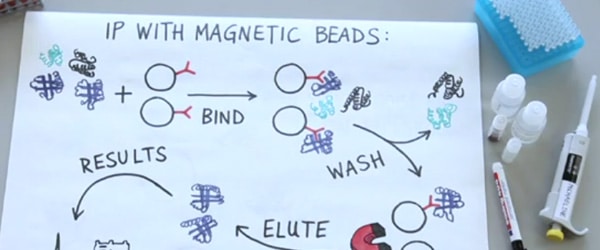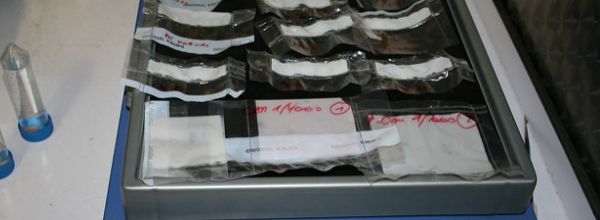If I piqued your interest in the first post about my new e-Book ‘The Bitesize Bio Guide to Protein Expression – a Bitesize Bio eBook’ check out this excerpt from the book explaining what an expression system is and how to choose the right one.
What is an expression system anyway?
There was a time not so long ago when genetic engineering was not just unheard of, but also undreamt of. But the pre-historic biochemists still managed to purify significant quantities of several proteins by sifting through tons of raw tissue in slaughterhouses. Medical doctor and writer Le Fanu, in his book “The Rise and Fall of Modern Medicine”, even goes as far as to say that heterologous expression of the poster child for genetically engineered proteins – human insulin – was unnecessary, because there was a good source of it in porcine tissue. Thankfully, there’s no need to go to this messy extreme anymore, as there are many techniques available for protein expression under laboratory conditions.
By “protein expression” I mean protein “overexpression”, which is the synthesis of a protein in a greater quantity than would occur naturally from the native promoter. An (over)expression system consists of a master copy of your gene under the control of a high expression-level promoter and something that supplies the protein building blocks – this can be a live cell or a cell-free system. The simplest expression system is whatever cell your native protein comes from. It consists of two main elements: the gene (i.e. a set of instructions) and protein synthesis components nicely packaged inside a cell (i.e. the machinery to manufacture the protein). This native system will generate a relatively low-copy “artisan” product.
If you can grow your organism easily under laboratory conditions and your target protein is a high-abundance protein (such as translation factors and structural proteins), then you should strongly consider purifying it “as is” from the original organism. This will save you a lot of work cloning and dealing with the consequences of overexpression. No such luck? Let’s talk about expression systems.
Choosing your heterologous expression system
You should choose both the vector and the expression system carefully, because the more difficult a protein is to express, the more control you will need over the timing and magnitude of expression. Please don’t just start with whatever old plasmid and E. coli strain is knocking around your lab, as you may regret this very soon.
As a rule, you should keep as close to the native environment of your target protein as possible. In terms of trying different expression systems, you can go down the evolutionary ladder using a more simple system to produce a protein from a higher organism (for example, use E. coli to produce yeast proteins), but certainly not in the opposite direction. Think of it this way: even though you could produce a yeast protein in human cells, there would be no point, because human cells are harder to grow and the media are more expensive.
Is your protein from a prokaryote? If so, then E. coli is probably your best bet, as you will have a wide selection of plasmids and strains to choose from (see A horse called Escherichia for more details). Is your protein from a eukaryote? Then you will probably be better off with a eukaryotic expression system, ranging from yeast to human cells. These systems may be less familiar thanE. coli, but have the advantage of producing a protein that is closer to the native state. And if you can work with E. coli, you can work with any cell culture system, honest.
Choosing an expression system
Both prokaryotic and eukaryotic expression systems can be replaced with a corresponding cell-free system, which will allow you to bypass the in vivo expression constraints. Live cells constantly select proteins that “make sense” and inactivate defective proteins. If your artificial construct rings alarm bells in the cell indicating that it is an “incorrect product”, it will be discarded. That is why it is often difficult to express a heterologous protein in sufficient quantities, and why they are often sequestered in inclusion bodies. A cell-free system allows you more flexibility in expressing proteins, while still generating a sufficient yield for most applications.
Want to know more?
If you want to know more about protein expression watch this webinar where I discuss the ins and outs of protein expression.





